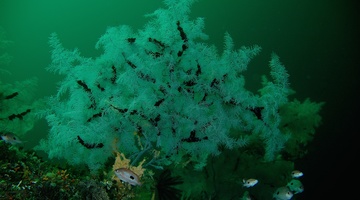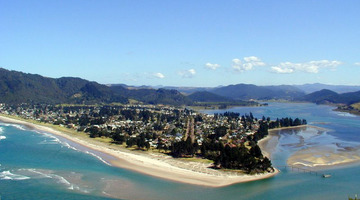Dr Candida Savage, from the University of Otago, talks about her research into the effect of land use change on coastal areas and the organisms that live there. In particular, Candida focuses on the increased use of fertiliser1 on farmland, which, in many cases, results in surplus nutrients2 ending up in estuaries3.
Point of interest
Think about why Candida describes nutrient run-off4 as “too much of a good thing”.
Transcript
DR CANDIDA SAVAGE
We tend to think of our… of land as quite discrete5 from coastal environments, but there is actually a real connection between what goes on in land and what happens in the coastal areas, including in estuaries. We’re interested in seeing the connection of, if we change our practices on land, what are the knock-on effects for the ecology6 of these systems that are downstream? Well, we use the term ‘land use change’ to try and explain when there’s been human modification of the natural environment. And what’s happened, particularly in New Zealand in the last few years, is there has been changes in farming practices – so when I say recently, well even within the last decade – and so we are quite interested in both the longer-term changes, so when there’s been deforestation7, a change-over to pasture land as well as changes in farming practices, so increased use of fertiliser. We’re using the term ‘run-off’ to talk about the nutrients and the contaminants that are carried from land into the coastal areas. I like to think of it as too much of a good thing, and because it is – we all need nutrients to grow as humans, we use it on our gardens to fertilise plants – and so everything does need some type of nutrient8 to grow. But what has happened is, to try and promote intensive farming practices, we have fertilised more than we require on the fields, and so there is some left-over nutrients that can then carry into water sources, into streams and eventually downstream into estuaries. And what it does is it promotes growth of the plants, of the seaweeds and of the algae9, and so a little bit of enhanced nutrients can be good, and we see improved growth of several organisms, but if you have too much of that, it can start causing negative effects, and there are some threshold levels beyond which certain estuaries can’t cope with that increased nutrient loading.





